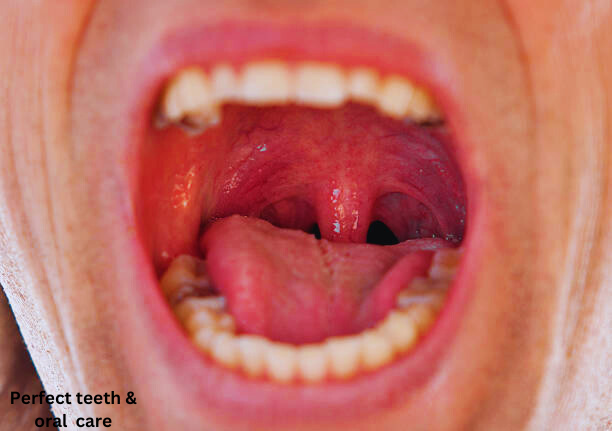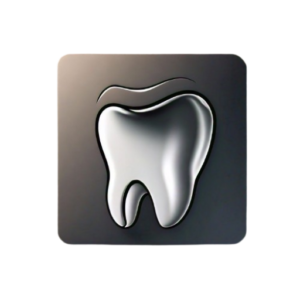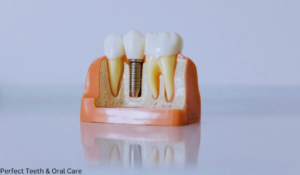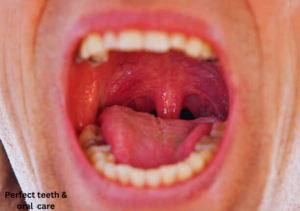What Are Tonsil Stones?
Tonsil stones, medically known as tonsilloliths, are small, hard lumps that develop in the nooks and crannies of the tonsils. These calcified masses form when food particles, bacteria, dead cells, and mucus become trapped in the tonsillar crypts—irregularities on the surface of the tonsils. Over time, these materials can harden due to minerals like calcium, resulting in small white or yellow stones. Although tonsil stones are typically not harmful, they can lead to symptoms such as bad breath, sore throat, and earaches.
Anatomy of the Tonsils
The tonsils are oval-shaped pads of tissue located at the back of the throat and play a role in the immune system by filtering out bacteria and viruses. They contain lymphocytes that help fight infections. However, their structure includes deep folds known as crypts, which can trap debris and facilitate the formation of tonsil stones.
Demographics and Risk Factors
Tonsil stones are more common in individuals with larger tonsils, particularly teenagers. While many people may have small stones without any symptoms, larger stones can cause significant discomfort or irritation. Those with a history of chronic tonsillitis or enlarged tonsils are at a higher risk for developing these stones.

Symptoms of Tonsil Stones
Many individuals with tonsil stones may remain asymptomatic; however, some may experience:
- Bad breath (halitosis): This is the most common symptom due to bacteria trapped within the stones.
- Sore throat: Discomfort may arise from irritation caused by larger stones.
- Feeling of obstruction: Some may feel as though something is stuck in their throat.
- Coughing: An irritating cough can occur as a response to the presence of stones.
- Earache: Pain can radiate to the ears due to shared nerve pathways.
In some instances, tonsil stones may be discovered incidentally during dental examinations or imaging scans.
Causes of Tonsil Stones
Tonsil stones form primarily due to:
- Trapped debris: Food particles, dead cells, and mucus accumulate in the tonsillar crypts.
- Calcification: The trapped material hardens over time due to mineral deposits.
- Chronic inflammation: Individuals with recurrent tonsillitis may have deeper crypts that facilitate stone formation.
- Poor oral hygiene: Inadequate dental care can lead to increased bacterial growth and debris accumulation.
Certain lifestyle factors such as dehydration and smoking can also contribute to the development of tonsil stones.
Diagnosing Tonsil Stones
Diagnosis typically occurs during a routine physical examination by a healthcare provider or dentist. The provider may visually inspect the throat for visible stones or use tools to dislodge them. If necessary, imaging scans can be employed to locate deeper or hidden stones.
Prevention Strategies
To reduce the risk of developing tonsil stones:
- Maintain good oral hygiene: Brush teeth and tongue regularly and floss daily.
- Gargle with salt water: This helps cleanse the throat and dislodge trapped debris.
- Stay hydrated: Drinking plenty of water keeps the mouth moist and reduces buildup.
- Avoid smoking: Quitting smoking can lower the risk of stone formation.
Treatment Options
While many cases of tonsil stones do not require treatment, options include:
- Home remedies: Gargling salt water or using a cotton swab may help remove smaller stones.
- Water flossers: These devices can effectively flush out debris without introducing bacteria.
- Medical intervention: In persistent cases or when symptoms are severe, surgical options such as a tonsillectomy may be considered for permanent relief.
If symptoms persist or worsen, it is advisable to consult an ENT specialist for further evaluation and management.
FAQs
Why did people get tonsil stones?
Tonsil stones form when food particles, secretions, and bacteria get stuck in the tonsil crypts and harden over time. The exact reason why some people develop tonsil stones while others don’t isn’t fully understood. It could be due to larger crevices in their tonsils or consuming foods that don’t dissolve easily in the mouth.
How do I remove tonsil stones?
Gargle with a mixture of 1 teaspoon (5 mL) of salt in 1 cup (250 mL) of warm water. To gently remove bothersome tonsil stones, you can use something soft, like the end of a cotton swab. Make sure to maintain good oral hygiene.
What is the cause of having tonsil stones?
Most tonsil stones are small, typically less than 5mm in size. The tonsils have folds called tonsillar crypts, and if these folds are enlarged, minerals like calcium can get trapped and harden into stones. Bacteria or fungi linked to tonsillitis can also contribute to the formation of tonsil stones.
Are tonsil stones a hygiene issue?
When debris accumulates or gets trapped in the pockets of the tonsils, it can harden into a stone over time. Bacteria and fungi feed on this buildup, leading to a noticeable odor. Poor dental hygiene is one possible cause of tonsil stones, so it’s essential to brush your teeth twice a day and floss daily to help prevent them.


